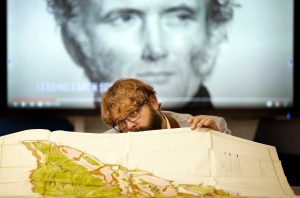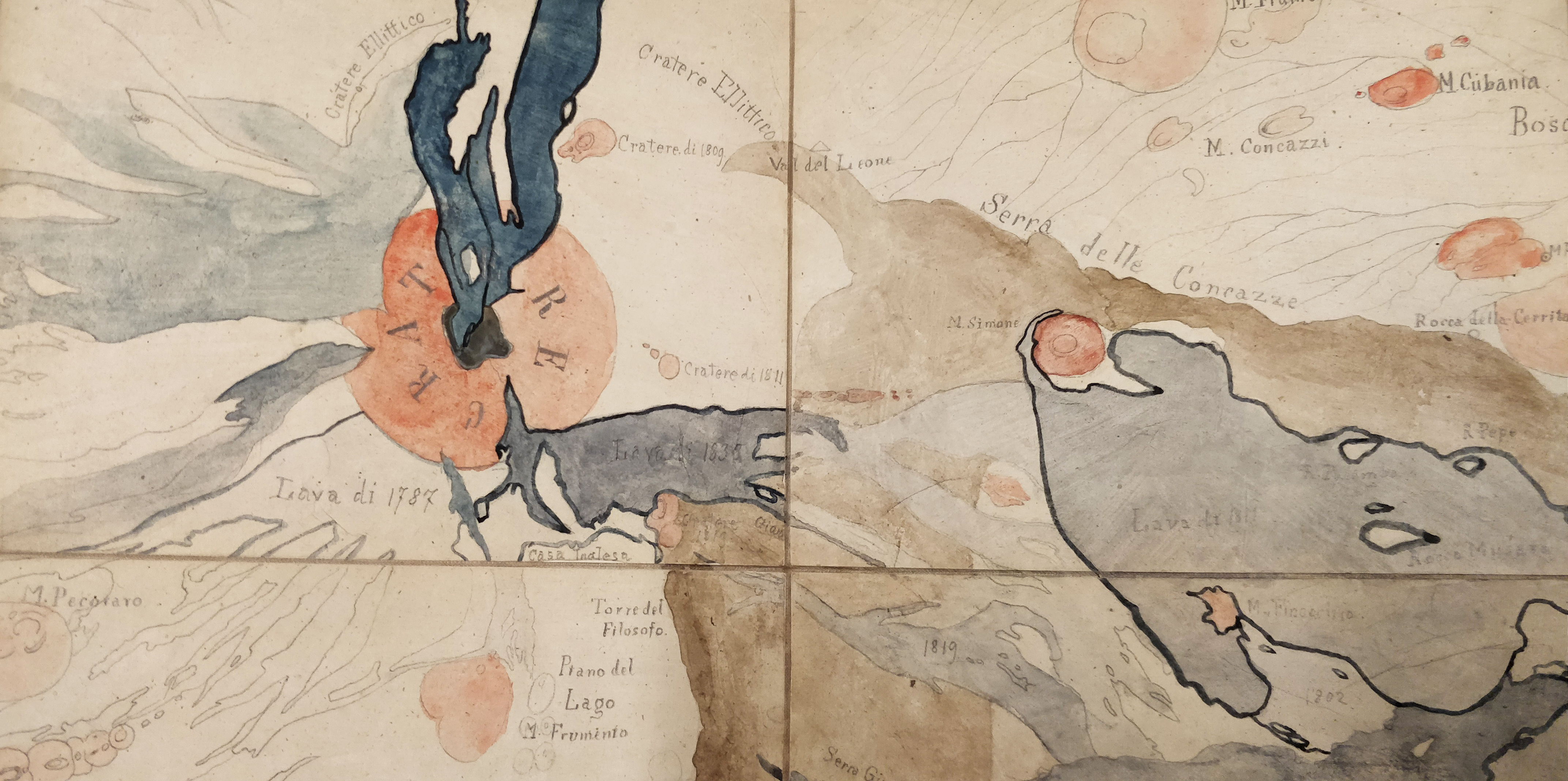July was a busy month for the Sir Charles Lyell Collection, and the Centre for Research Collections.
After much planning and advice, the CRC passed inspection, and we opened again for University of Edinburgh researchers on 8 July with new ways of working, but offering access to our collections once again. This has also meant that we were able to welcome in new acquisitions whose delivery was paused during the nation’s lockdown. Which means, at long last, we are able to share the news of a very exciting addition of papers, correspondence, and rare manuscripts to the University’s Sir Charles Lyell Collection.

Rachel Hosker assists with off-loading the material in auction boxes, and moving them to be condition checked by Katherine Richardson.
This new collection includes over 900 letters to and from Sir Charles Lyell (including additional letters from Darwin, Joseph Dalton Hooker, John Murray, etc.); intimate correspondence between Lyell and his wife, Mary Horner Lyell, and his wider family; autograph manuscripts of a number of lectures delivered both in the United States and in the United Kingdom; a part of the autograph manuscript of Principles of Geology; maps commissioned for lectures and publications; and heavily annotated editions of Principles of Geology and other works marked up for later editions. This additional collection was allocated to the University of Edinburgh Library in 2020 by HM Government under the Acceptance in Lieu of Inheritance Scheme, from the estate of the 3rd Baron Lyell.

Daryl Green, Head of Special Collections, inspects a hand-drawn geological map of Kinnordy Estate and its district from the newly acquired Sir Charles Lyell archive. Photo © David Cheskin
Daryl Green, our Head of Special Collections and Deputy Director of the CRC, has had a chance to have an initial dive into this collection in order to check its inventory and gauge its quality. Here’s some initial reactions:
“Having arrived in March to my new post as Head of Special Collections, one of my first tasks was to oversee the transfer of this material from its holding location in London to the University. Lockdown prevented our best laid plans, however, and the Acceptance in Lieu material finally arrived on a warm and quiet day mid-July. Sifting through this material in an initial ‘getting to know you’ session, I was struck at how thorough the correspondence archive was. There are folder and folders of correspondence with Charles Bunbury, Joseph Dalton Hooker, John Murray and many others, but also transcripts of letters going out that were copied by one of Lyell’s sister-in-laws, Katherine Murray Lyell. Here, too, is a lifetime of correspondence between Charles and Mary Horner Lyell, from initial courting, to full blown intellectual romance, to letters later in life.

Letters from Sir Charles Lyell to his fiancée, Mary Horner, from the newly acquired Sir Charles Lyell archive. Photo © David Cheskin
As I sorted through folders I came across diagrams for how Lyell wanted his lecture theatre laid out for his tour of the States, I found hand-drawn maps and illustrations, both by Lyell and commissioned from others, including alluring diagrams, a gorgeous watercolour map of Etna, and a huge geological map of the Kinnordy Estate and its district.

Detail of a hand-drawn map of Mount Etna from the newly acquired Sir Charles Lyell archive.
“This archive is by all accounts an amazing resource in its own regard.”
Letters upon letters between geologists, students, and admirers have all been beautifully preserved and organized by the Lyell family, and included in the archive was some of the work done by a member of the Lyell family in the 20thcentury to track down and copy correspondence, especially between Lyell and Charles Darwin, which had ended up in other collections. This archive is by all accounts an amazing resource in its own regard and, when paired with the notebooks, the further archive material, the publications and the geological samples, gives a more complete picture of how science was conducted in the 19th century than any other archive I am aware of.”
Conservation and archival description work is ongoing in order to provide public access to this collection. To support these activities and digitisation, read more here.
